 Interagency Autism Coordinating Committee (IACC)
Interagency Autism Coordinating Committee (IACC)
 Autism Research Database (AFD)
Autism Research Database (AFD)
| Project Element | Element Description |
|---|---|
Project TitleProject Title |
Abnormal connectivity in autism |
Principal InvestigatorPrincipal Investigator |
Clark, Kristi |
DescriptionDescription |
Kristi A. Clark, Ph.D., University of California, Los Angeles, hopes to further understanding of the connectivity patterns in autism. One of the current dominant hypotheses is that autism can be characterized by an abnormal neuroanatomical connectivity pattern. Specifically, the hypothesis is one of local overconnectivity combined with long-distance underconnectivity. Graph theory methods, a form of mathematical modeling, have recently been applied to study of structural neuroanatomical connectivity using high angular resolution diffusion imaging (HARDI) data, which allows for the quantification of short-distance and long-distance connectivity. Dr. Clark and colleagues will test these methods in a pilot trial with autistic and nonautistic eight-year-old boys. |
FunderFunder |
Brain & Behavior Research Foundation |
Funding CountryFunding Country |
United States |
Fiscal Year FundingFiscal Year Funding |
14881 |
Current Award PeriodCurrent Award Period |
2011-2017 |
Strategic Plan QuestionStrategic Plan Question |
Question 2: What is the Biology Underlying ASD? |
Funder’s Project LinkFunder’s Project Link |
No URL available. |
InstitutionInstitution |
University of Southern California |
Institute LocationInstitute Location |
United States |
Project NumberProject Number |
|
Government or PrivateGovernment or Private |
Private |
History/Related ProjectsHistory/Related Projects |
Abnormal connectivity in autism |
15000
| 2011 |
N/A
|



